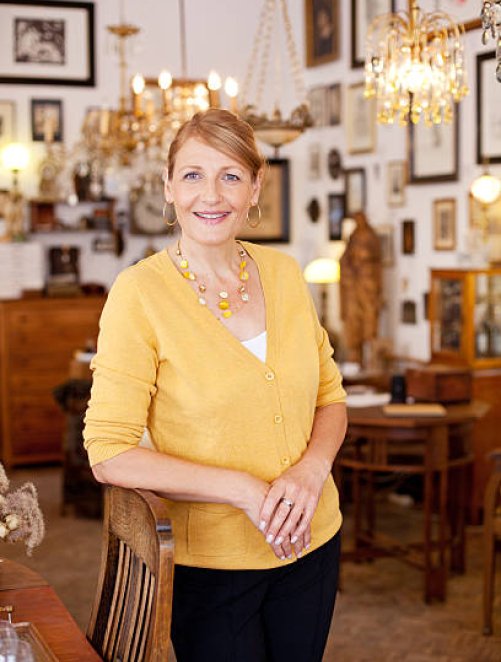



An antique statue of a Burmese Buddha.
This is an antique Burmese Buddha. A friend who as dealing in buddha´s gave it to me. I am not sure whether it is made from marble or alabaster. It has some traces of brown/red lacquer and gold. I have no idea about the value.
Height: 71 cm, Width: 37 cm, Depth: 23 cm, Weight: 50,6 kg
Other
Yes


This piece is a seated Buddha statue from Burma (modern-day Myanmar), depicted in the Bhumisparsha mudra — the “earth-touching” gesture symbolizing the Buddha’s enlightenment. The statue is crafted from a stone material that, based on visual observation, appears to be either white marble or alabaster, though a hands-on material test would confirm this. The surface exhibits traces of brown/red lacquer and gilding, suggesting that the piece was originally more colorful and richly decorated.
The sculpture measures approximately 71 cm in height, 37 cm in width, and 23 cm in depth, and it weighs a significant 50.6 kg, attesting to the density of the material. The piece shows natural aging patterns consistent with antique Burmese devotional statuary, including surface wear, minor abrasions, and possible light encrustations. The stylistic features — particularly the serene facial expression, narrow waist, and the treatment of the robe — are characteristic of Burmese Buddha imagery from the late Konbaung period (early-to-late 19th century) into the early colonial era.
Historical Context:
Burmese Buddha statues are renowned for their delicate carving, serene expressions, and religious significance. During the Konbaung Dynasty (1752–1885), the production of religious sculpture flourished, with marble and alabaster being preferred materials, especially in the Mandalay region. These statues were typically lacquered and gilded, and over time, natural degradation exposed the underlying stone, as seen in this piece.
Buddha statues from Myanmar were deeply revered, often placed in temples, monasteries, or household altars. With colonial expansion and the rise of the international art trade in the early 20th century, many Burmese Buddha statues found their way into Western collections.
Hi Goedele, thank you for your message — yes, the appraisal includes the fair market value, which serves as a general pricing guideline for private sale or auction. As for Catawiki, it could be a suitable platform, especially for collectors interested in Southeast Asian antiques, though the weight of the statue will indeed affect shipping logistics and costs. You can apply under the










I got the appraisal. Thank you.
I did not get an indication of an Asking Price though, only the Fair Market price?
Is it the same for this item?
Another question: Would it be smart trying to sell it on CataWiki?
The statue is very heavy so sending it anywhere will take something.
And if I sell it on CataWiki , what auction do I have to apply for? Where do I indicate that the statue is appraised by you?
Thank you for helping me figuring out my next step